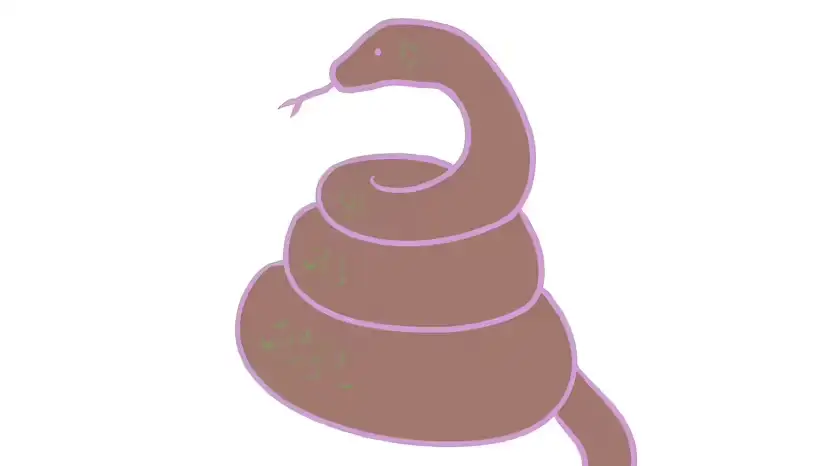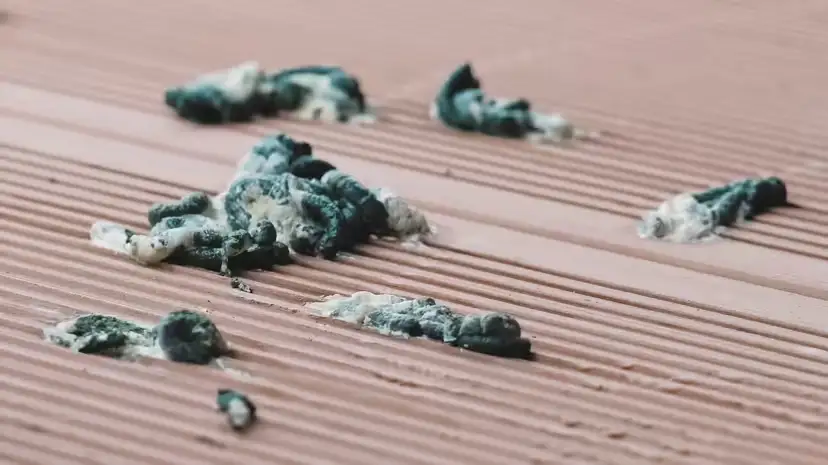Snake scat isn’t glamorous, but learning to recognize it can tell you whether snakes are active nearby—and, for keepers, whether a pet’s digestion looks normal.

Snake droppings are usually dark brown to black, soft to formed, and often topped or streaked with a white or gray, chalky paste. That pale cap is urates—the solid form of nitrogenous “urine.” Like birds, snakes expel feces and urates together through a cloaca, so the dark-plus-white combo is a key cue.
A second giveaway is what’s inside. Because snakes swallow whole prey, scat may contain fur, tiny bone chips, claws, or teeth, and almost never plant fibers. If you see animal remnants without seeds or grass, plus that white urate smear, you’re very likely looking at snake sign.
In captivity you’ll see the same pattern: a dark fecal portion paired with white urates, sometimes with sparse fur or bone if the diet is rodents. Because diet and temps are controlled, timing and texture tend to be consistent for each animal.
Watch for meaningful changes. Color suddenly turning tarry black or bright red can suggest bleeding. Consistency that stays watery, foul, or full of undigested material points to digestive trouble or parasites. Frequency that shifts dramatically should be interpreted alongside feeding intervals, temperature, and stress.

Snakes digest protein- and bone-heavy meals slowly, compacting the leftovers into a dark fecal mass. At the same time they excrete nitrogenous waste as uric acid crystals (urates), which exit with the feces, creating the familiar two-tone deposit. With a slow metabolism, many snakes defecate every few days to weeks, especially after large meals.
Bird droppings: also dark with white urates, but typically more splattered and watery. Snake scat is more often a formed segment or small mass with urates smeared on or beside it.
Small mammal scat: pellets or dry segments without a white cap, frequently containing plant matter.
Lizard scat: may include a white urate tip, but is often shorter, firmer, and pellet-like; snake scat tends to be longer, more compacted, and can show fur/bone.
Note where, how many, and how fresh the deposits are. Moist, strong-smelling scat suggests recent activity; dry and chalked over indicates older sign. Use disposable gloves to pick it up, seal and discard, then clean hard surfaces with a diluted bleach or other chlorine disinfectant and rinse. If you’re finding scat repeatedly, remove attractants: reduce rodent food sources and shelter, trim vegetation, seal gaps, and consider local wildlife control for assessment and humane exclusion.
Substrate for monitoring: plain white paper or disposable pads make color/texture changes obvious.
Temps and humidity: proper gradients prevent slowed digestion, regurgitation, and abnormal stools.
Parasite checks: quarantine newcomers and submit fecal exams if you see weight loss, diarrhea, or persistent changes; deworm per a reptile vet’s plan.
Meal sizing and spacing: choose prey no larger than the snake’s widest body point and allow adequate intervals to reduce sour stools and regurge.
Think dark formed feces plus a white urate cap. Add animal remnants without plant fibers, and you have classic snake scat. In the wild, it’s a low-key tracker of nearby reptiles. In the rack or vivarium, it’s a simple, reliable window into your snake’s health.
animal tags: snake poop
We created this article in conjunction with AI technology, then made sure it was fact-checked and edited by a Animals Top editor.